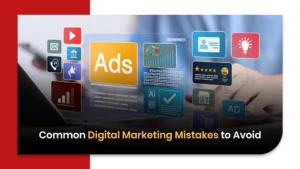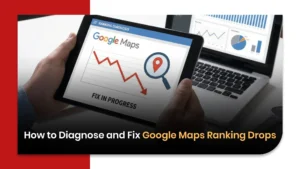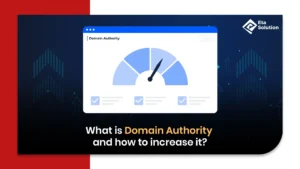
AI vs. Human Designers: Who Creates Better Websites?
Introduction:
When a website design company is delivering equivalent returns in website traffic, leads and sales growth as the best website design agencies in the world, it leads to the very natural question: are we better trusting human creation or going with the alternative wave of AI efficiency?
For CEOs, marketers, and business owners focused on design work for growth and a mix for scaling, the answer is no longer an either/or proposition. Because redesigning a website isn’t just about a nice AI design web page with a balanced colour scheme or a trendy dropdown menu. It’s about a strategy to engage your customers with speed, agility, personalised experiences and maximum ROI that aligns with your marketing setup.
Now, we will answer the question of whether you really do get a better website from an AI or human designers, with updated trends and statistics, and real-world examples, and useful facts.
1. AI Powered Web Design: What It Can Do
The use of AI in web design has grown exponentially, thanks to tools that can automate:
- Content generation: Tools like Jasper Writing Assistant and Copy.ai create landing page content specifically for target audiences.
- Layout recommendation: Systems like Wix ADI and Bookmark’s AIDA use the industry standards, intent of the user, and UX to provide layouts that will optimize the UX.
- Personalization: AI-generated web page design tools alter images, calls to action, and even navigation flows based not on user input, but on the experience of the user in real-time.
According to Gartner, over 80% of website builds in 2024 involved some form of AI support, even if humans led the final UI.
Limitations:
- AI doesn’t deeply possess emotional intelligence necessary in sectors like luxury and fashion, or nonprofits.
- AI often gets contextual details wrong. One time, an AI-generated hotel site used a corporate FAQ page as the homepage.
- Quick build AI web design templates for websites may be fast, but you often feel somewhat “off-brand” and require manual adjustment.
2. Human Centered Web Design: The Trust Factor
While AI can simulate structure, it struggles with storytelling. Human website designers bring:
- Brand empathy: Humans grasp tone, humor, and nuance that AI misses.
- Narrative thinking: Designers build user journeys that connect emotionally, not just logically.
- Cultural intelligence: AI-driven designs often struggle with multicultural cues or regional design aesthetics.
Take, for example, an Indian startup targeting the US. An Ahmedabad-based agency humanized their messaging, using culturally nuanced visuals that resonated with expats. Conversion rose by 36%.
3. Speed vs. Strategy: A Trade-Off
AI web design tools are unbeatable when it comes to time.
- AI can deliver a site skeleton in under 30 minutes, complete with color schemes and placeholder content.
- Platforms like Framer AI and CodeWP use NLP prompts to write usable HTML, CSS, and JavaScript code instantly.
But:
- Human-led designs may take 3-6 weeks, yet include competitive research, customer journey mapping, and UX audits things AI skips.
Speed matters for MVPs or campaign microsites. For legacy redesigns or digital branding, human strategy still wins.
4. The Hybrid Model: Where the Magic Happens
The best-performing sites in 2025 are often built using a hybrid workflow:
- Kick things off with an AI powered web design for fast prototyping.
- Hand off to the familiar human designers for UX, color psychology, and content voice.
- Take advantage of AI based web design tools such as HotJar AI or Crazy Egg AI for tracking interaction heatmaps and continuous optimization.
This synergy boosts:
- Productivity by up to 50%.
- Bounce rate reductions.
- Brand recall, when human designers weave consistent messaging.
5. Real-World Platforms & Case Studies
Tools That Lead the AI Design Charge:
- Wix ADI: Generates complete websites with content, layout, and visual flow in minutes.
- Uizard: Transforms wireframes into responsive UI mockups using text prompts.
- Durable: Popular among freelancers for its AI-first site builder approach.
Case Study:
An AI-only ecommerce site for a US-based watch company launched within 48 hours but saw a 70% cart abandonment rate. After consulting a website design company, human UX experts redesigned the flow, rewrote copy, and improved product visuals. Result: abandonment dropped to 22%.
Top Tools Used: AI Designers vs. Human Designers

6. The SEO & Content Challenge
One area where automated website design often fails is SEO:
- AI tends to over-optimize or keyword-stuff.
- Meta descriptions and alt tags are often generic unless reviewed by a human.
Human designers and SEO specialists align:
- Intent with design.
- Voice with target persona.
- Content with the sales funnel.
The result? More organic traffic, longer session durations, and better lead quality.
7. Lesser-Known Trends
- Voice-led design: Voice UI (VUI) is being implemented using AI tools, especially in education and healthcare sites.
- AI emotion detection: AI is beginning to analyze user emotion via facial tracking and click heatmaps and adjust UI accordingly.
- Agentic workflows: New-age websites run AI agents that tweak design and text automatically based on user feedback a level beyond traditional CMS.
These trends are shaping the way web design AI free integrates with future tech like AR/VR.
8. Final Verdict: Who Should You Trust?
If you want:
- Speed, low cost, and MVP validation – Go for AI-based design.
- Brand fidelity, emotional design, and storytelling – Hire a human team.
- Scalable, optimized, smart websites – Use a hybrid approach.
CEOs and CMOs now prefer agencies that combine human centered web design with AI web design software, giving them speed without compromising on trust.
Pros and Cons of AI-Powered Web Design

Final Take
The digital battlefield of 2025 is not about humans versus machines it’s about collaboration.
A forward-thinking Website Design Company in Ahmedabad knows this. They don’t replace creativity with code they enhance it. They use ai driven web design tools to do the heavy lifting, then apply human insight to transform websites into experiences.
Choose data. Choose design. Choose both. That’s where your competitive edge lies.
AI tools can design decent-looking websites quickly by using templates and data, but they still lack the creativity, deep understanding of user needs, and custom design touches that human designers offer. For basic websites, AI is often good enough, but for unique, high-quality designs, humans still have the upper hand.
AI makes web design faster, cheaper, and more accessible by automatically generating layouts, color schemes, and content. It can also personalize websites based on user behavior, making it a great option for people who want a simple site without hiring a designer.
Yes, human designers still offer more creativity, storytelling, and emotional connection in their work. They can understand a brand’s vision, make custom changes, and think outside the box — things AI can’t fully do yet.
AI web design is a good option for small businesses and startups with limited budgets, as it allows them to launch a professional-looking website quickly and affordably. However, they may still need a human touch later for branding and unique features.
AI will change how web designers work by handling repetitive tasks and speeding up workflows, but it won’t replace human designers completely. Instead, designers will focus more on strategy, creativity, and solving complex problems that AI can’t handle.

What started as a passion for marketing years ago turned into a purposeful journey of helping businesses communicate in a way that truly connects. I’m Heta Dave, the Founder & CEO of Eta Marketing Solution! With a sharp focus on strategy and human-first marketing, I closely work with brands to help them stand out of the crowd and create something that lasts, not just in visibility, but in impact!

Common Digital Marketing Mistakes to Avoid

How to Diagnose and Fix Google Maps Ranking Drops

Google AI Mode and Its Impact on Search

